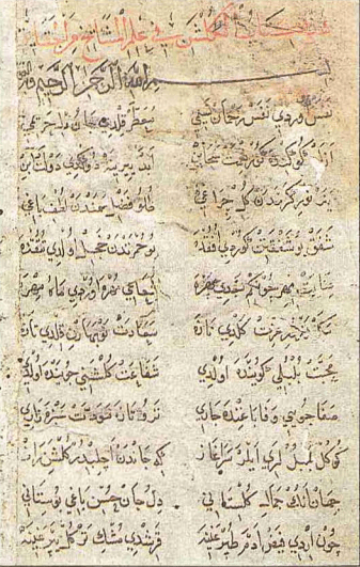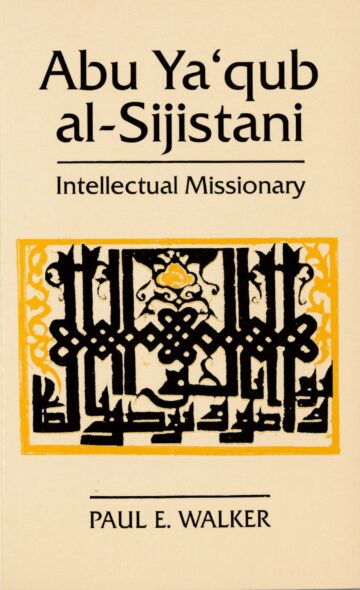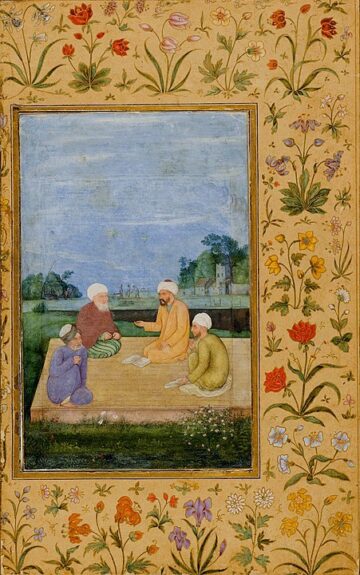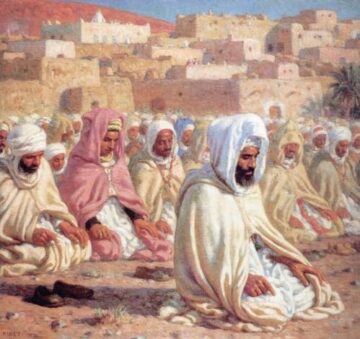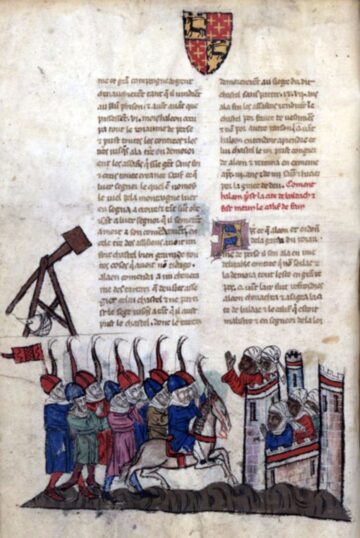Keywords: Dawr al-satr, Fatimid, MubarakiyyaAdherents of an early Shi‘i group who upheld the Imamate of Muḥammad b. Ismāʿīl after the death of Ismāʿīl b. Jaʿfar al-Ṣādiq, representing the nascent Ismaili community…., Mahdi, Taqiyya, Qarmati, Da’i, Zahir, Batin, Hafizi Ismaili, Tayyibi Ismaili, Nizari Ismaili, Hasan-i Sabbah, AlamutFortress of the Nizari Ismailis in northern Iran, which fell to the Mongols in 654 AH/1256 CE., Aga Khan
The second most important Shi’i community, after the Ithna ‘Asharis or TwelversSee Ithna’asharis., the IsmailisAdherents of a branch of Shi’i Islam that considers Ismail, the eldest son of the Shi’i Imam Jaʿfar al-Ṣādiq (d. 765), as his successor. have had an eventful history. The Ismailis subdivided into a number of major branches and minor groups in the course of their long and complex history dating back to the middle of the second AH/eighth century CE. Most of these divisions pertained to disputes over succession to leadership following the demise of the previous imamIn general usage, a leader of prayers or religious leader. The Shi’i restrict the term to their spiritual leaders descended from ʿAlī b. Abī Ṭālib and the Prophet’s daughter, Fatima.. Despite these divisions and their persecution by powerful dynasties, Ismaili communities have survived in many parts of the Muslim world and beyond, and have made significant contributions to Muslim thought and culture.
Author

Dr Farhad Daftary
Co-Director and Head of the Department of Academic Research and Publications
An authority in Shi’i studies, with special reference to its Ismaili tradition, Dr. Daftary has published and lectured widely in these fields of Islamic studies. In 2011 a Festschrift entitled Fortresses of the Intellect was produced to honour Dr. Daftary by a number of his colleagues and peers.


